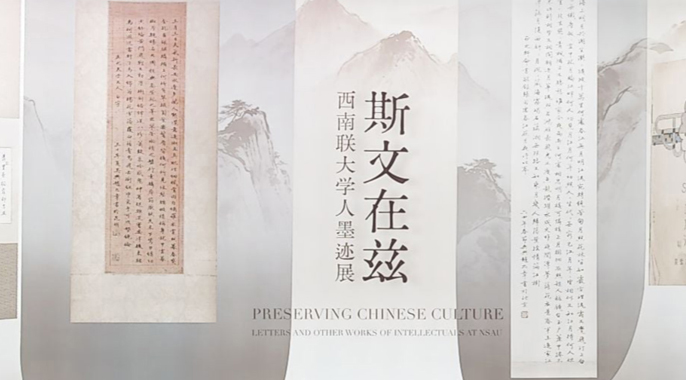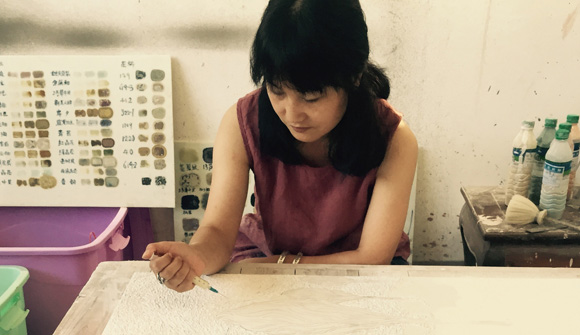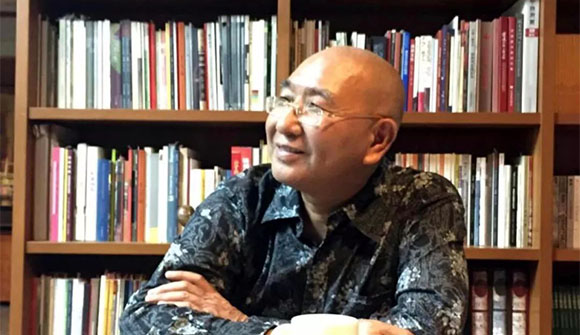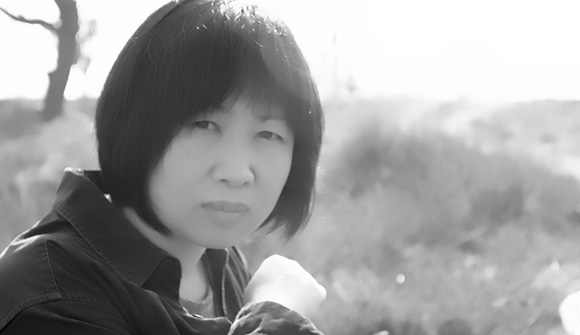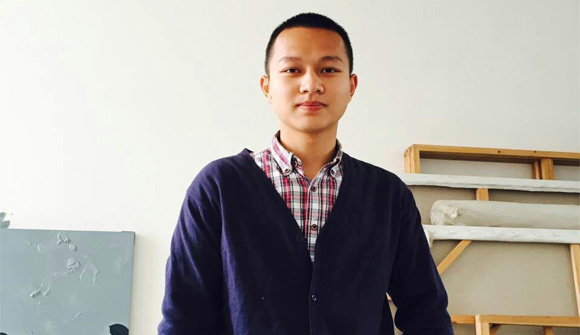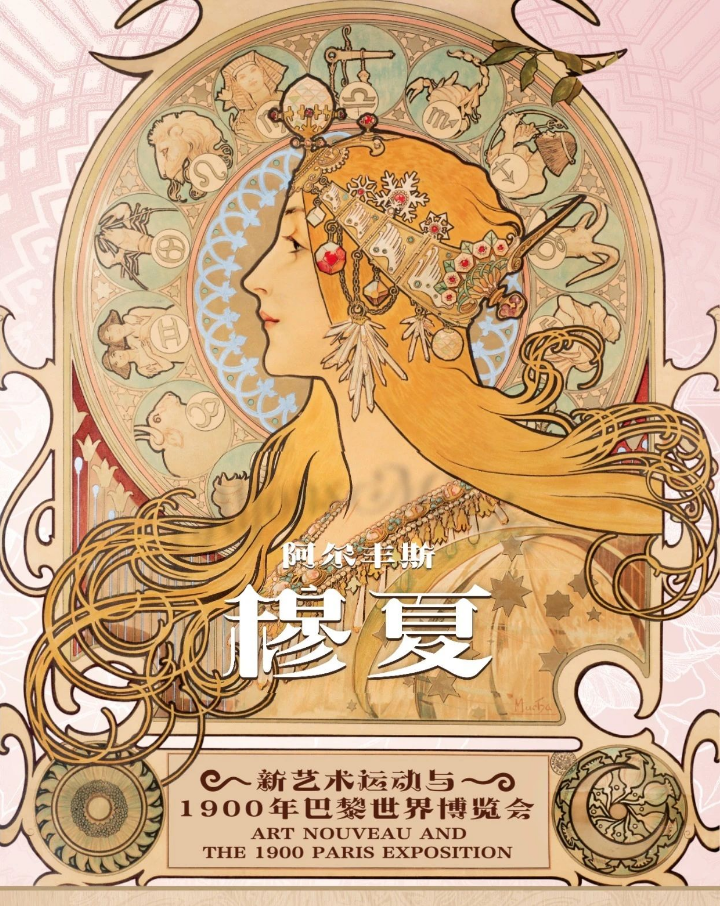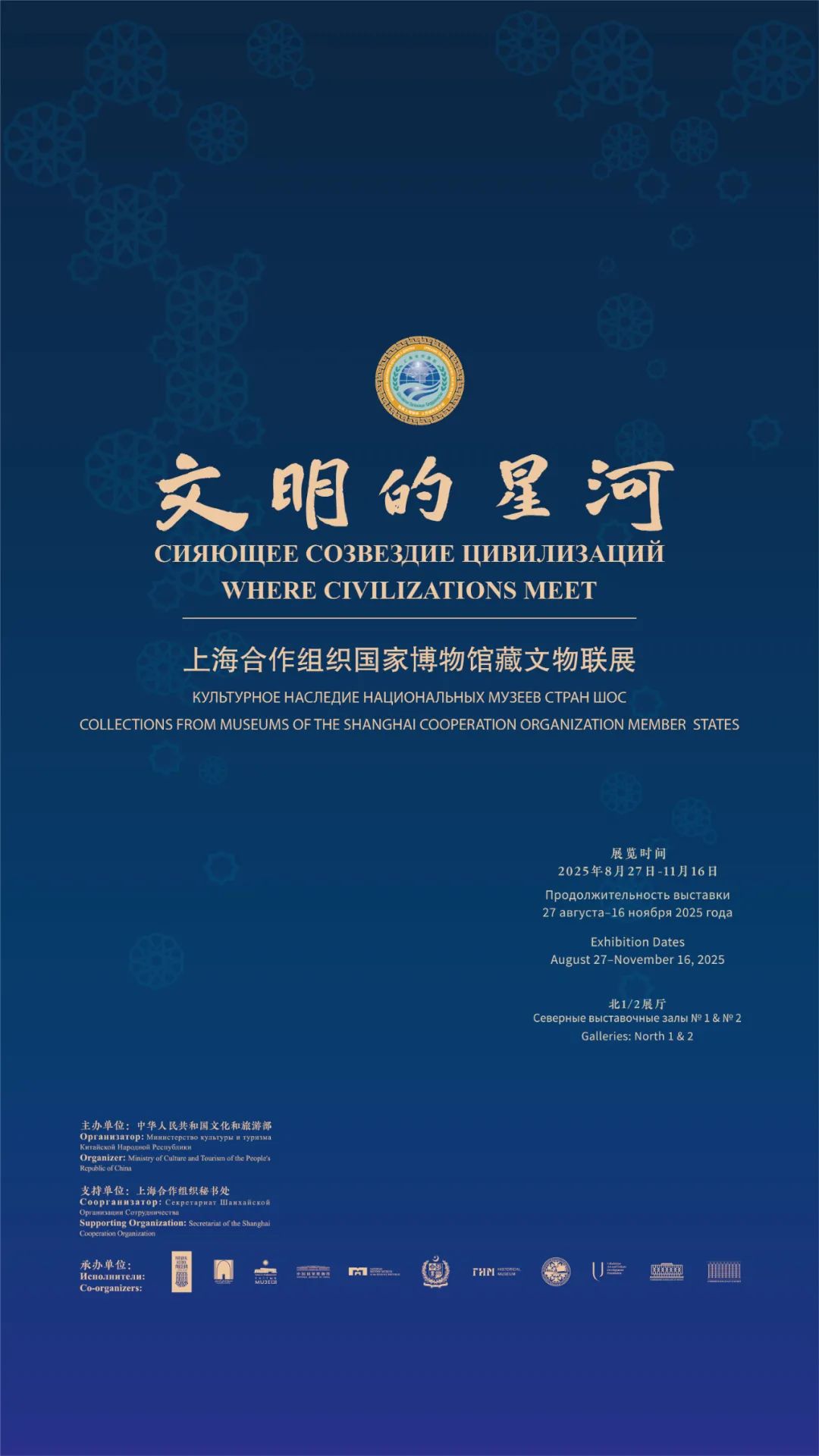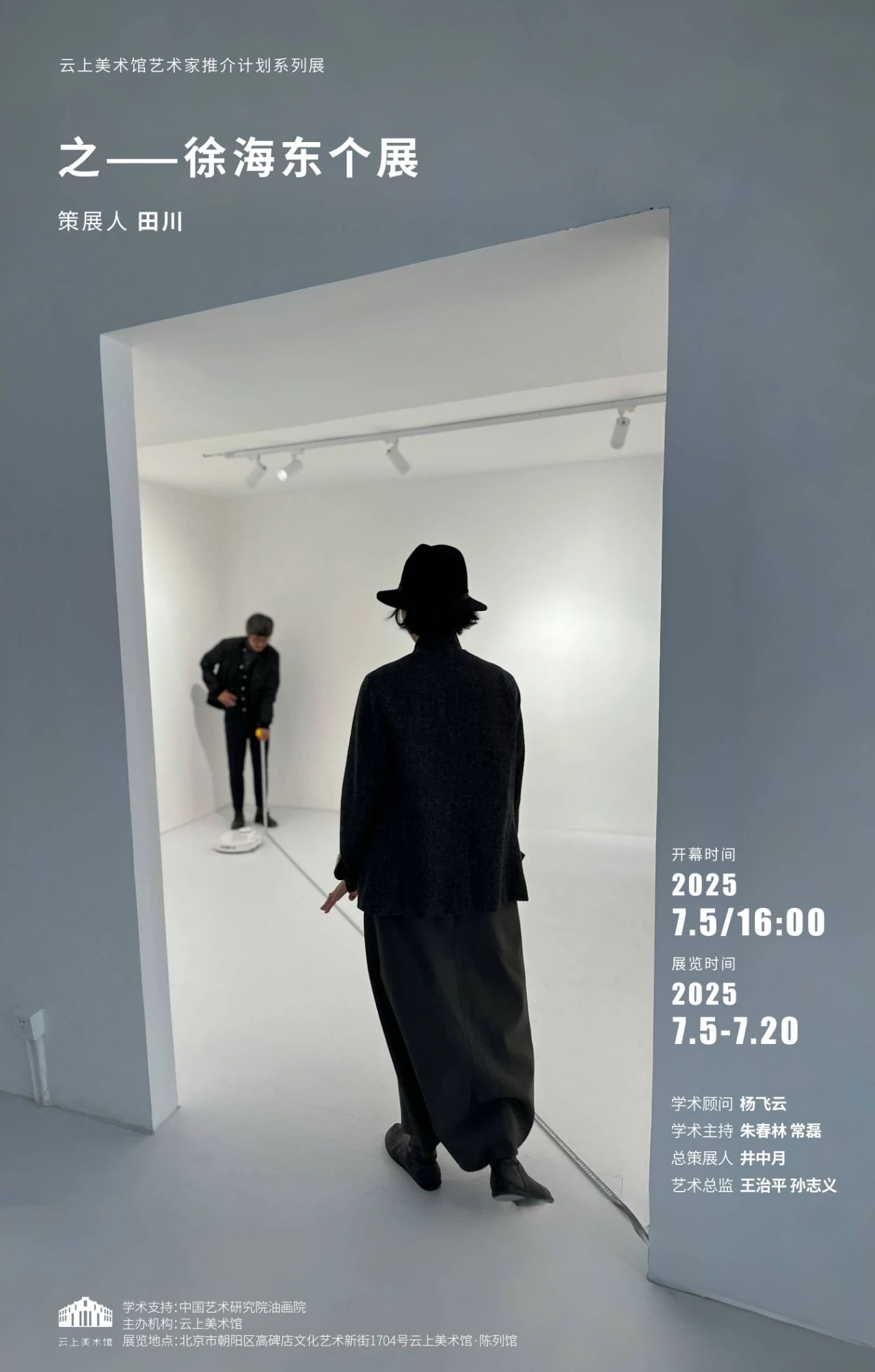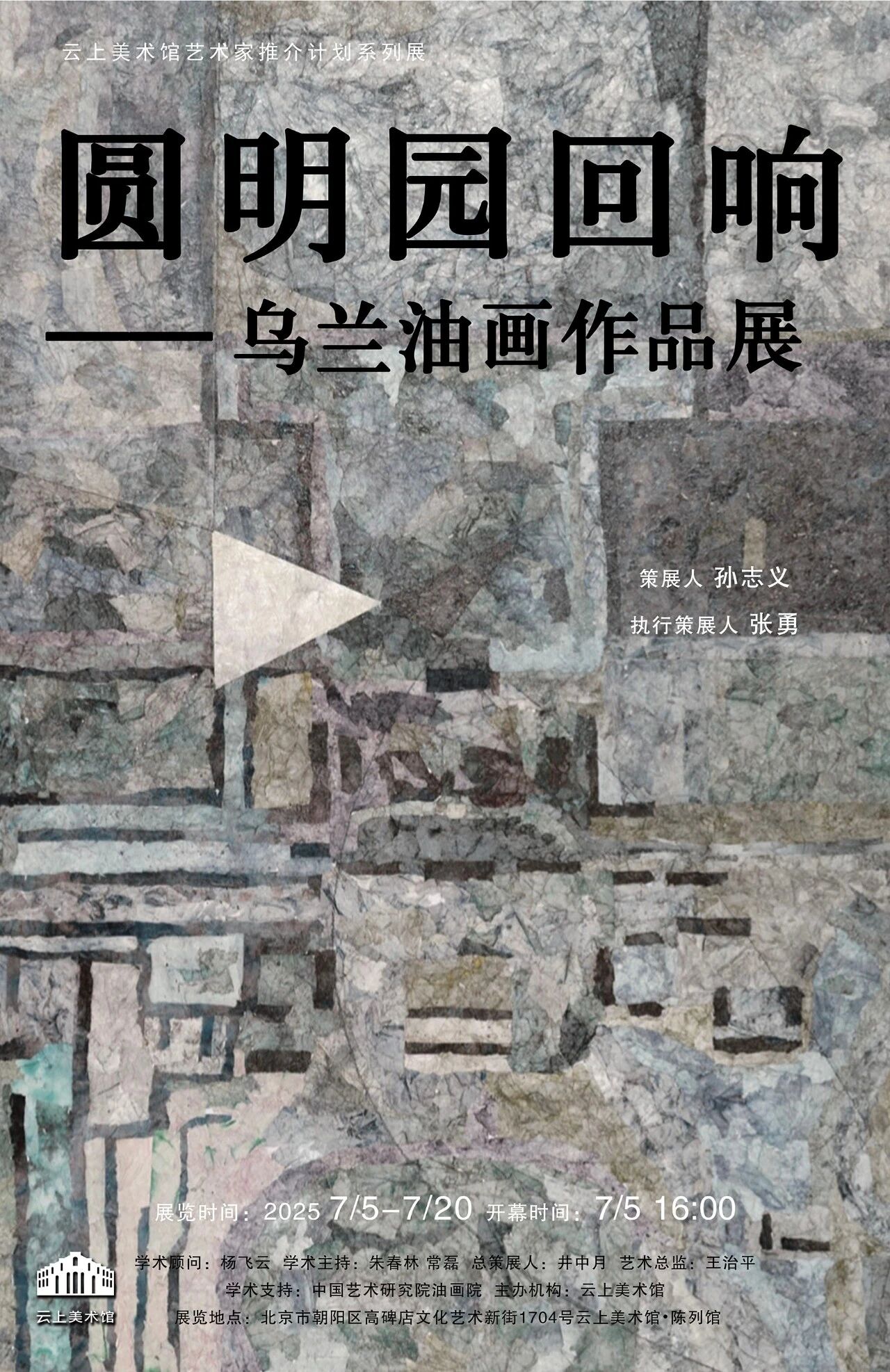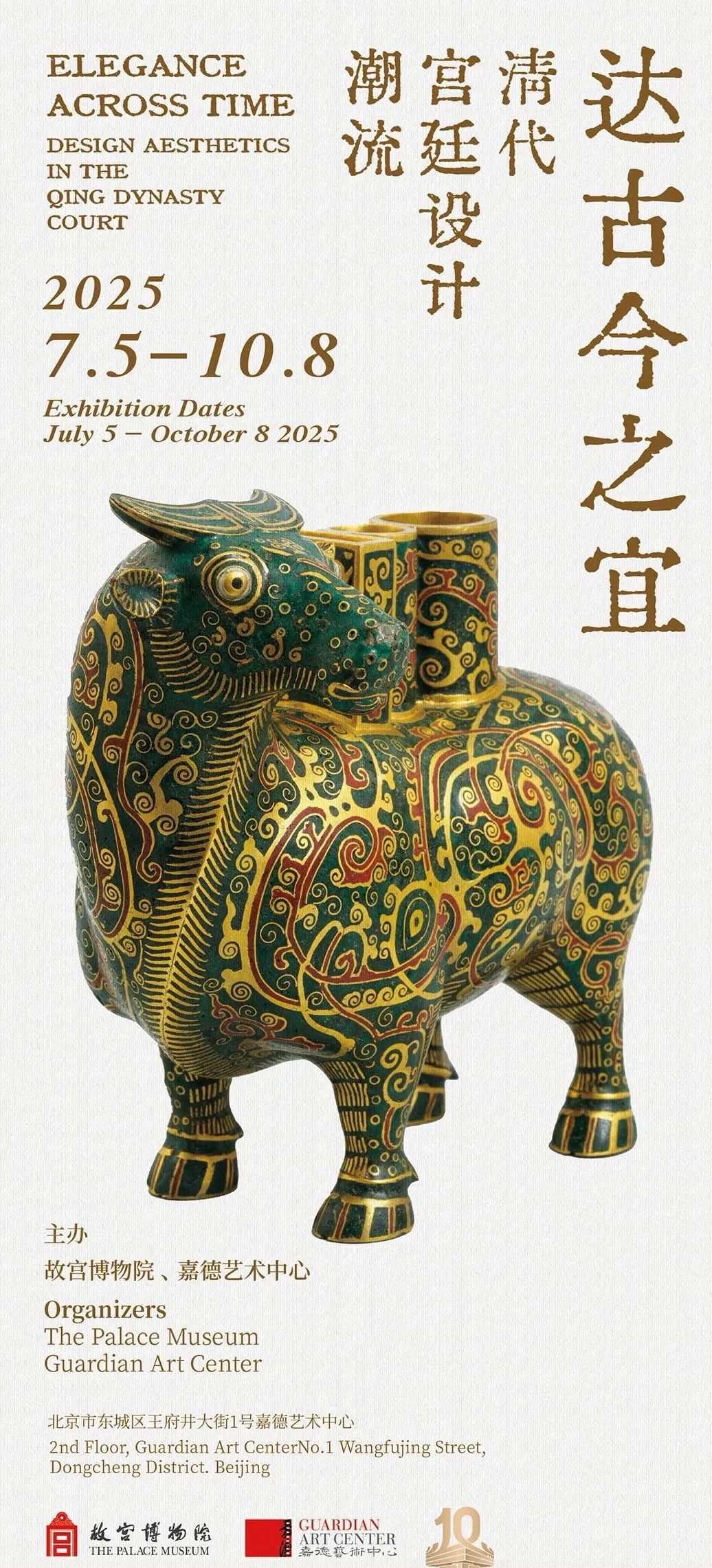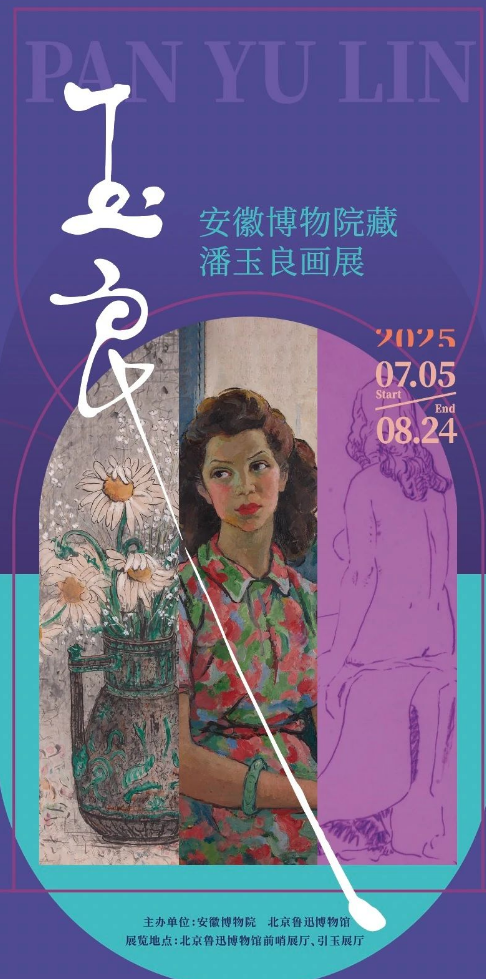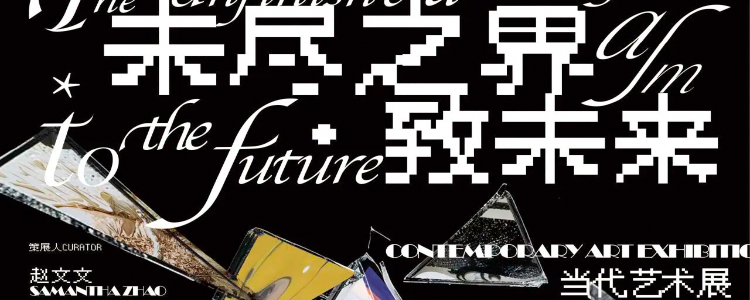
当代艺术关联的起源可以追溯到20世纪中后期,特别是从1960年代末到1970年代,这一时期随着全球化进程的加速、科技的迅速发展以及社会政治格局的变化,艺术界也开始经历深刻的变革。
The origins of contemporary art can be traced back to the mid-to-late 20th century, particularly from the late 1960s to the 1970s, a period marked by accelerated globalization, rapid technological advancements, and shifts in socio-political landscapes. These transformations also sparked profound changes within the realm of art.
现代哲学思潮如存在主义、结构主义等,也为当代艺术提供了思想基础,启发艺术家以新的视角去审视世界和表达自我。在这样的基础上,「未尽之界·致未来」当代艺术展的核心在于其开放性、实验性以及对当下时代精神的敏锐捕捉与表达。
Philosophical currents of modern times, such as existentialism and structuralism, provided a theoretical foundation for contemporary art, inspiring artists to adopt new perspectives in examining the world and expressing their individuality. Against this backdrop, the heart of the "Uncharted Horizons·A Salute to the Future" contemporary art exhibition lies in its openness, experimental nature, and its keen ability to capture and articulate the spirit of our times.
在社会、文化、思想和艺术自身发展等多种因素相互作用下,新一代的艺术家对传统艺术界限不断挑战与扩展,以绘画、摄影、综合雕塑、观念艺术、街头艺术与公共艺术形成一封“信”,带着今天的艺术概念寄给未来,他们利用各种媒介和形式,探讨全球化、身份、环境等当代议题,强调艺术作品与观众之间的互动与体验,艺术的社会参与性和公共性、创新性、多样性、跨学科性以及对社会现实的批判与反思。
Amid the interplay of societal, cultural, intellectual, and art's own evolution, a new generation of artists relentlessly challenges and expands traditional artistic boundaries. Through mediums such as painting, photography, mixed media sculpture, conceptual art, street art, and public art, they compose a "letter," imbued with today's artistic concepts, addressed to the future. Employing various mediums and forms, they delve into contemporary issues including globalization, identity, and the environment, emphasizing the interaction and experience between art pieces and viewers, the social engagement and public nature of art, as well as its innovativeness, diversity, interdisciplinary approach, and critical reflection on societal realities.


